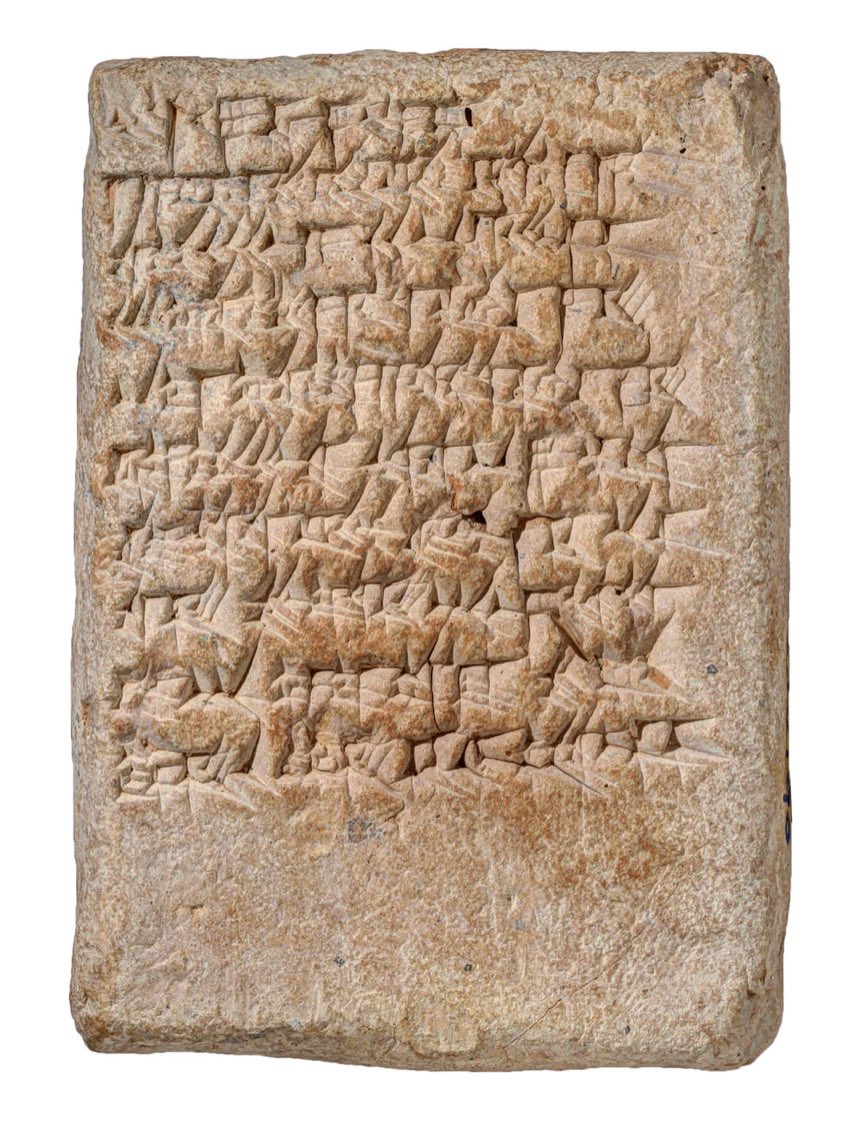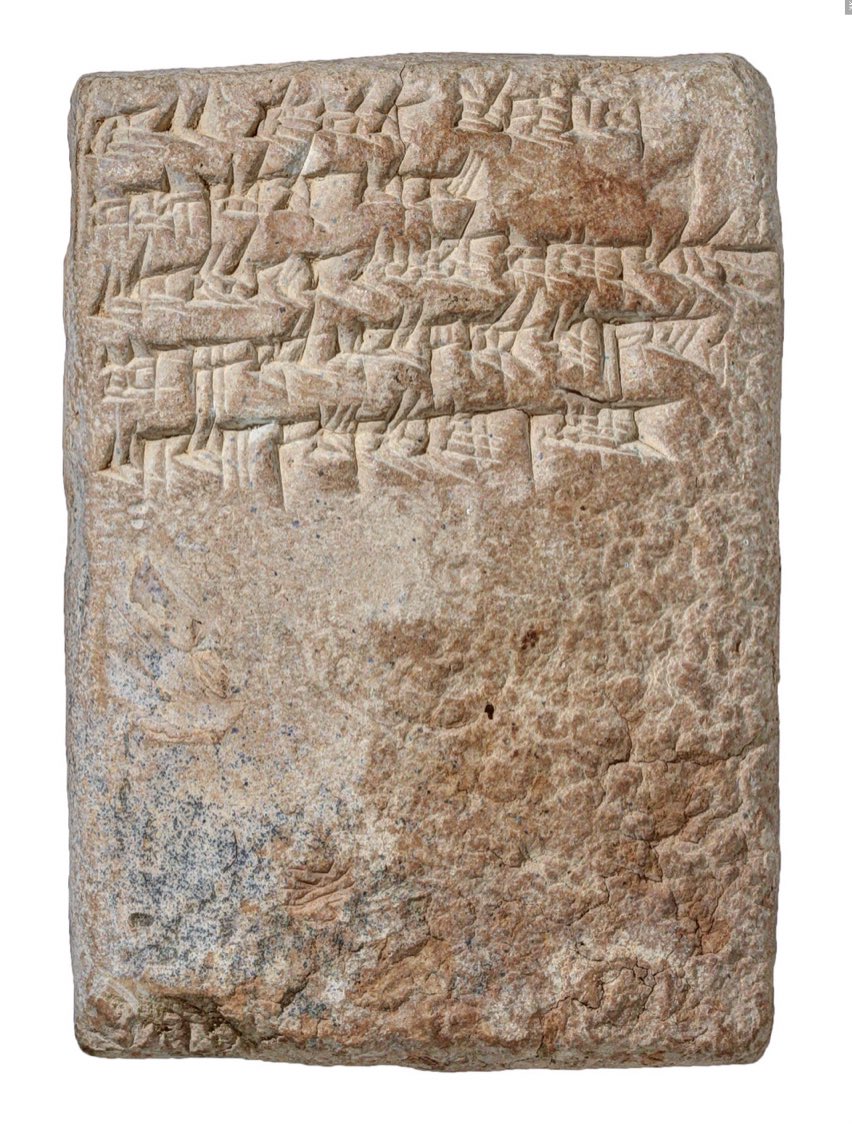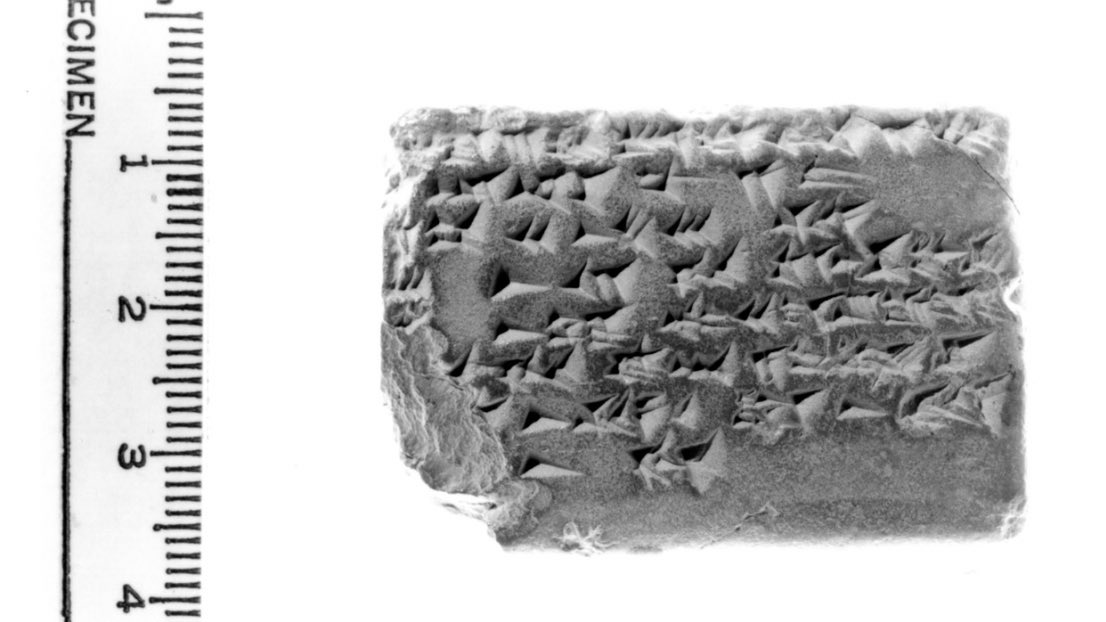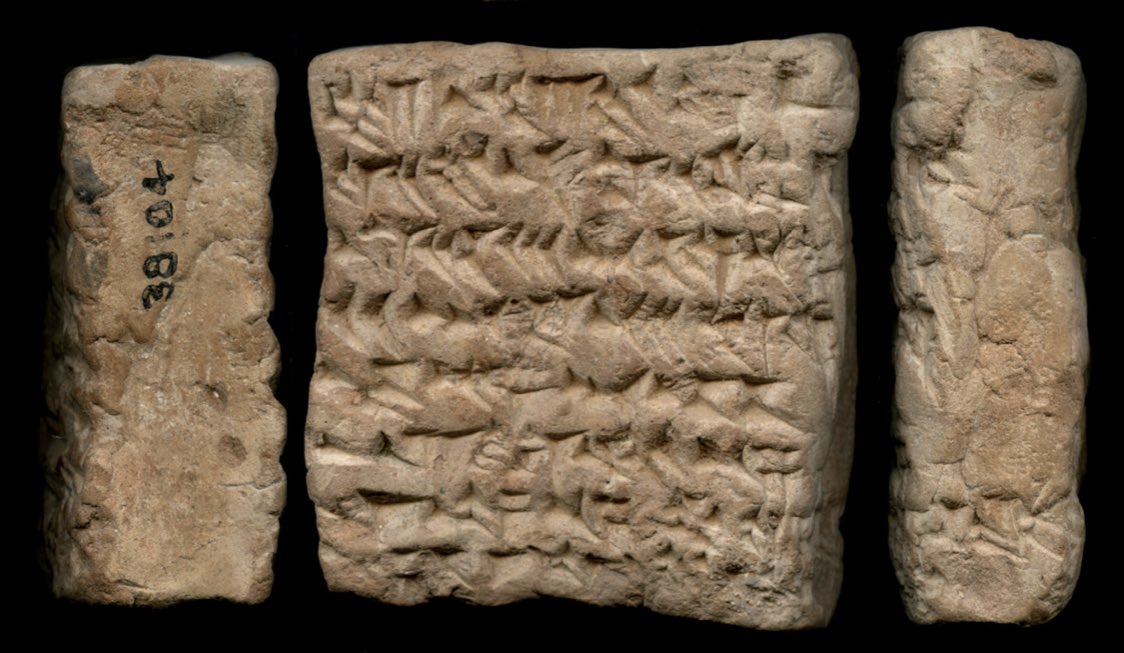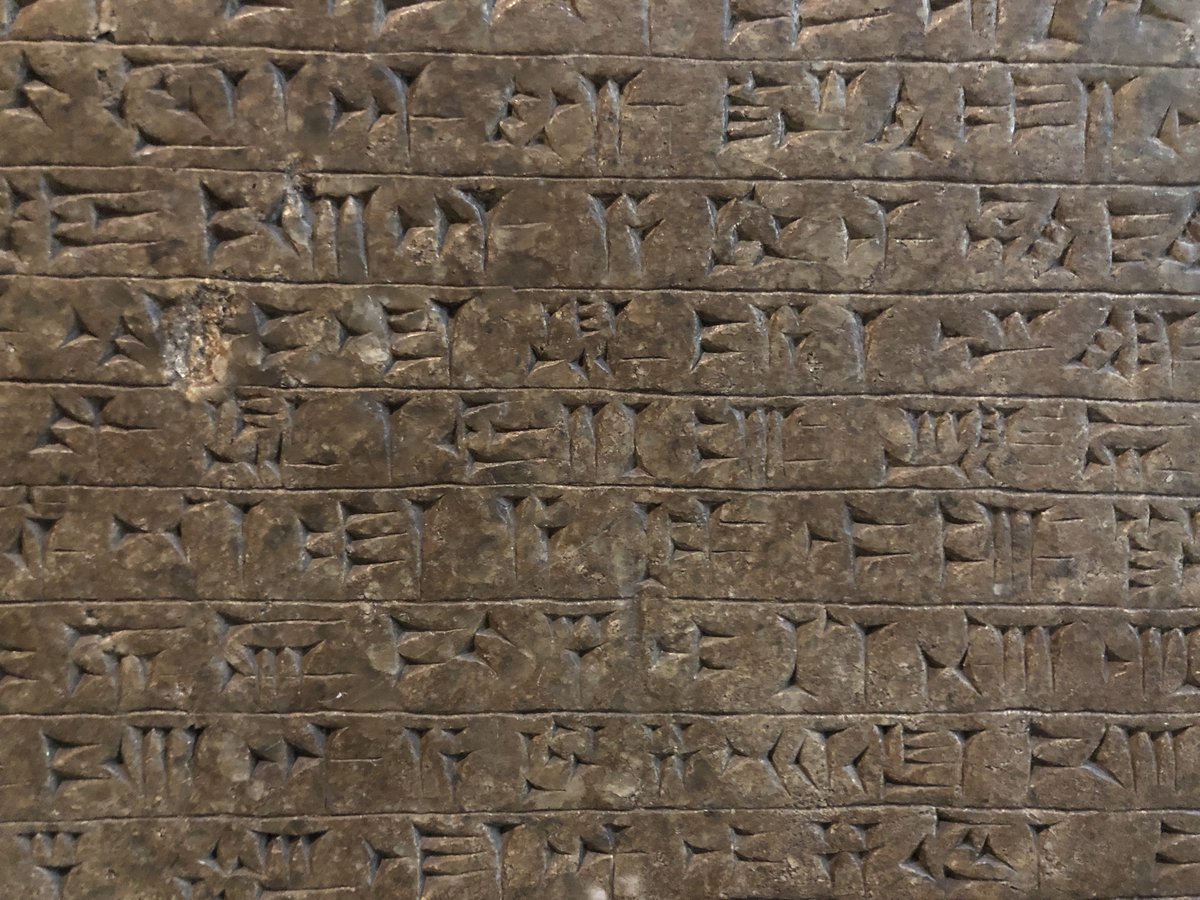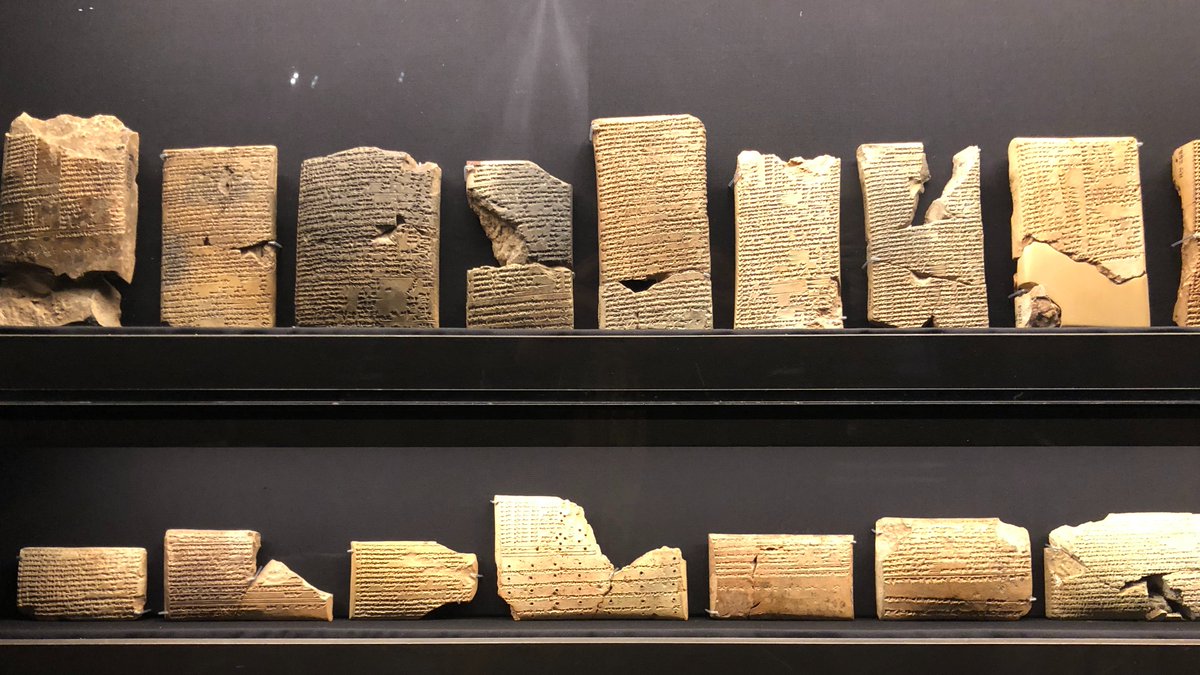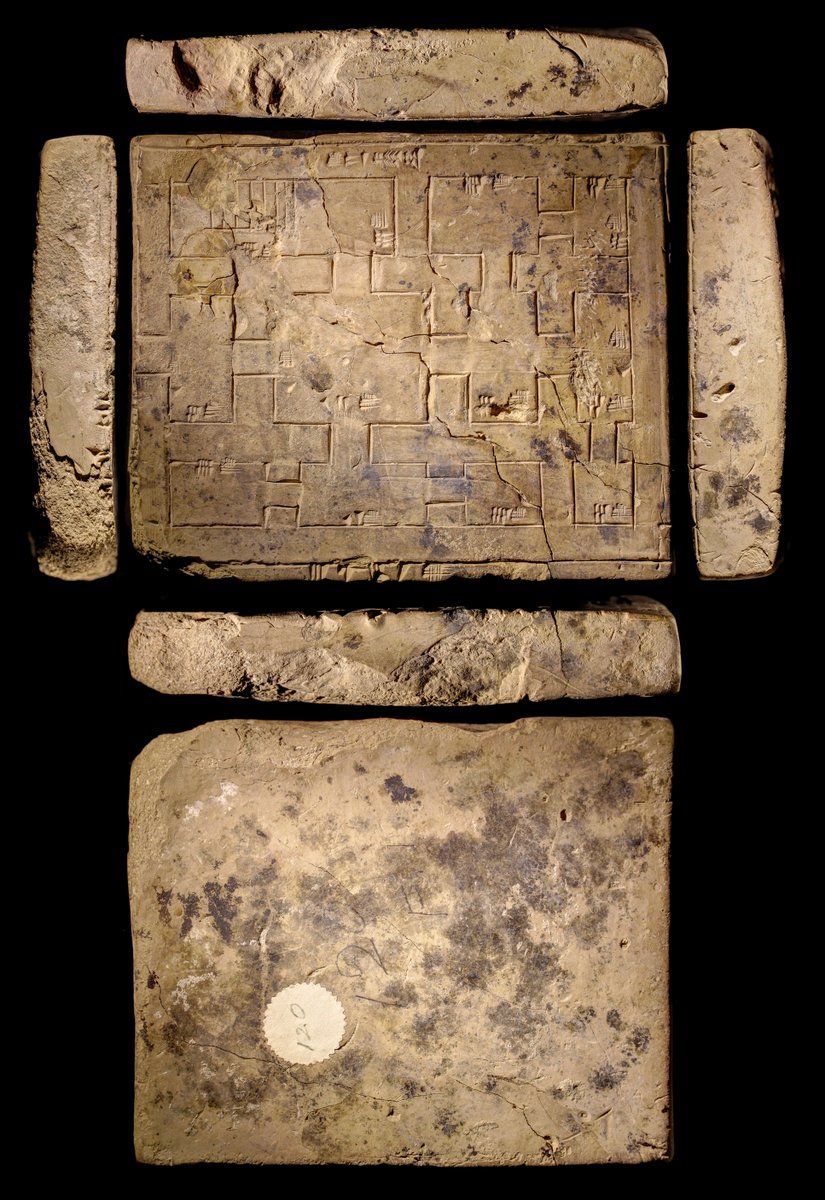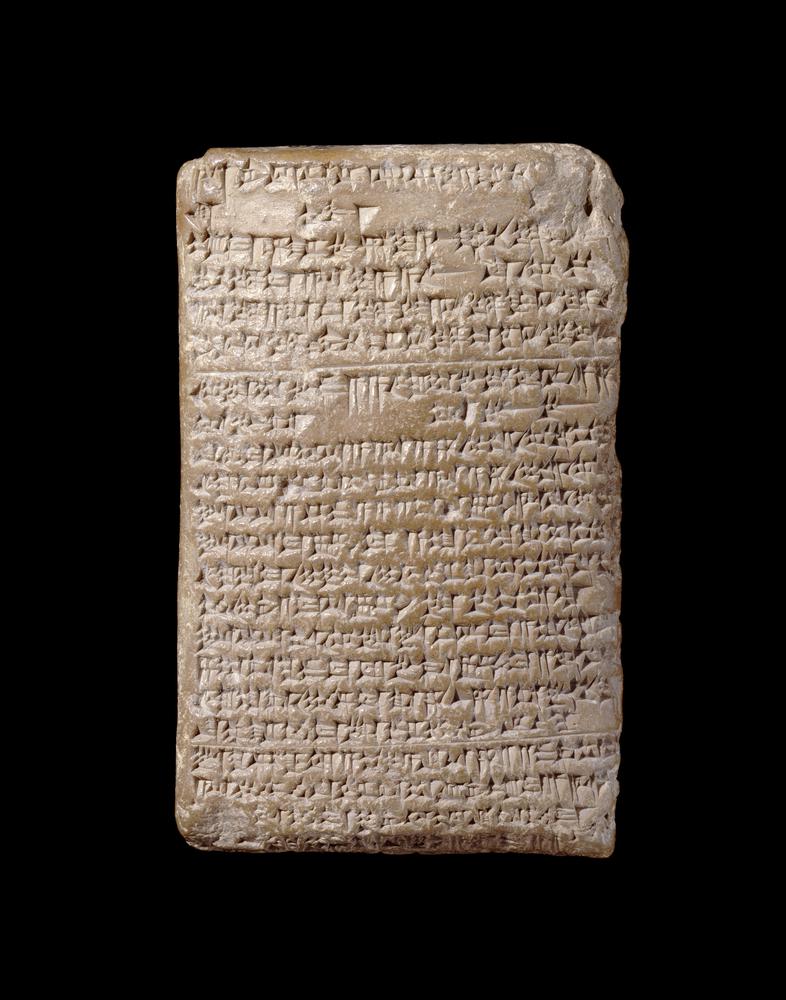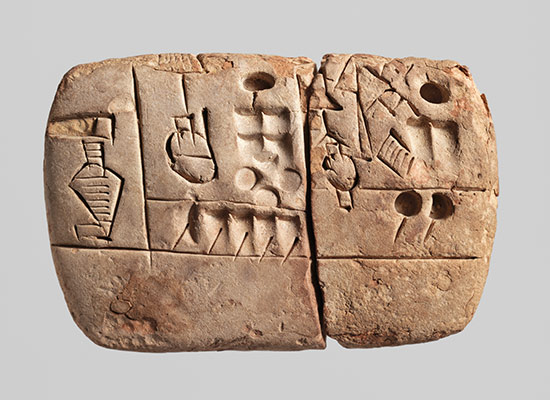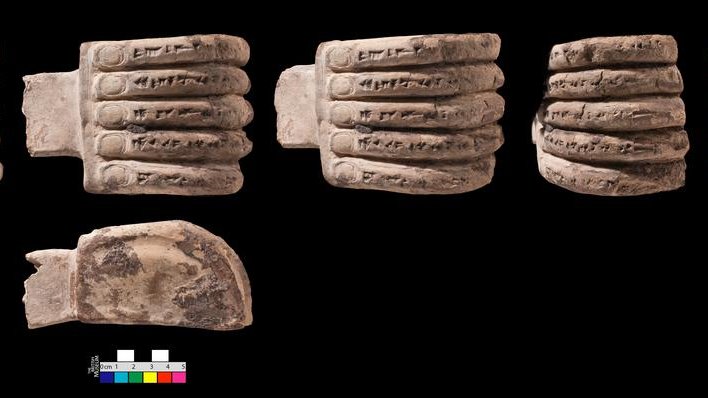
A clay tablet made by a young scribal student who was practicing the "A" sign 𒀀 over and over again at school almost 4,000 years ago in Babylonia.
Be still my heart 🥺

Be still my heart 🥺


A Babylonian scribal student practicing the sign "DINGIR" 𒀭 which looks like a star sometime between 2000 and 1600 BCE 

This Babylonian student got bored and drew a doodle on his school exercise tablet ~4,000 years ago in Iraq 



This Babylonian student left his now almost 4,000-year-old fingerprints on what looks like maybe a math exercise text from ancient Iraq 

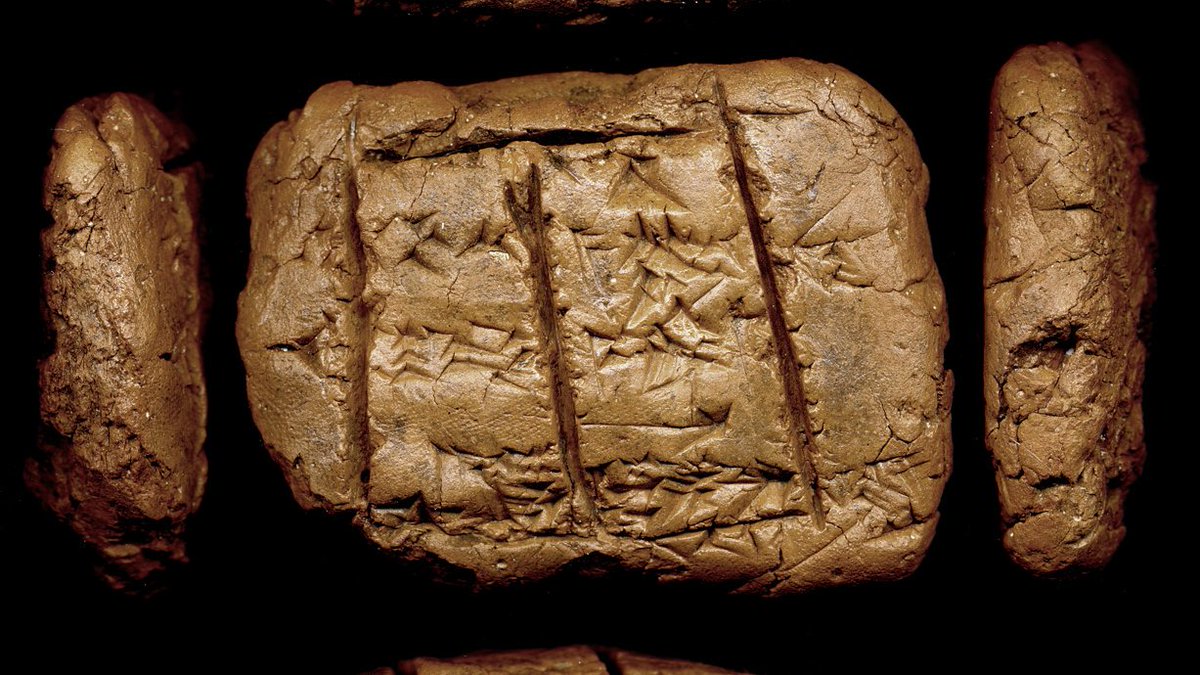
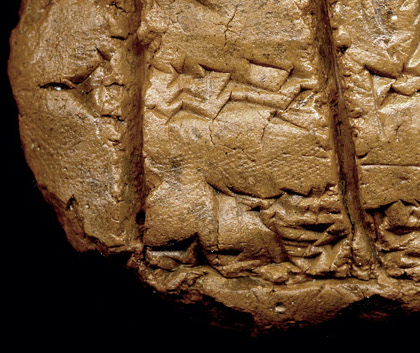
Compare this work of a young Babylonian scribal student practicing signs with that of a seasoned student writing out a mock lawsuit in cuneiform 🥺🥺 



A Babylonian artist in the making several millennia ago in a scribal school in what is now Iraq.
On one side of a clay tablet, there are writing exercises and on the other side, this lovely drawing of a fish and a goat (I think) 🧡
On one side of a clay tablet, there are writing exercises and on the other side, this lovely drawing of a fish and a goat (I think) 🧡

I love these so much 🧡
All of these Babylonian school tablets are from the UCLA special collections, and you can peruse them here oac.cdlib.org/findaid/ark:/1…
I somehow broke the thread so here’s the rest of it, complete with kids’ fingerprints and drawings
https://twitter.com/moudhy/status/1415621839812968452
• • •
Missing some Tweet in this thread? You can try to
force a refresh









